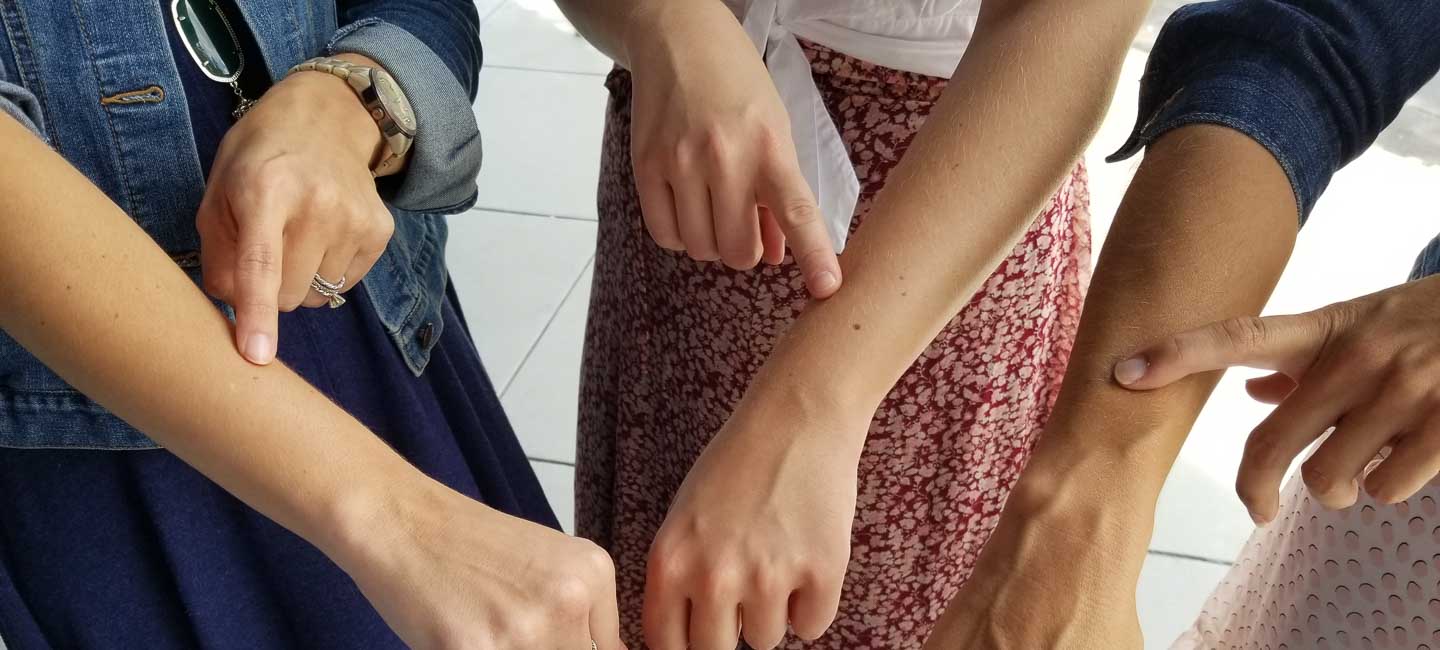You Have the Freckle. Should You be Worried?
Another new internet challenge certainly has people talking. But this one doesn’t debate what is heard on a recording or the color of a dress. This one is all about a freckle.
Recently, social media exploded when a Twitter user noticed that many people, mostly women, have a nearly identical freckle on their wrists. Photos of hands and wrists flooded newsfeeds with some accompanying concerned questions.
People wanted to know, "what does this mean?" and "should I be worried?"
In short, the answer to both questions is there’s probably no need to stress. Freckles naturally darken in the summer. What was barely noticeable on your skin in January may be a bit more prominent now that we’re heading into summer. However, when there is any change to your skin, it’s important to remember your ABCDEs.
- Asymmetry – If an imaginary line were to be drawn through the middle of a mole and the two halves didn’t match, the mole would be asymmetrical.
- Borders – The borders of benign moles are generally even and smooth, while the borders of an early melanoma tend to be scalloped or notched.
- Color – Because most benign moles are uniform in color (usually a single shade of brown) a mole that displays multiple colors, such as different shades of tan, brown, black, red, white or blue, is suspicious.
- Diameter – Most melanomas are larger in diameter than an eraser at the tip of a pencil (approximately one quarter inch).
- Evolving – Benign moles typically don’t change over time; a mole that evolves in terms of shape, size, color, elevation, bleeding, itching or crusting could be a melanoma.

Dr. Lucia Seminario-Vidal
Whether you are going to the beach or simply running errands, it’s important to remember that you will always get some sun exposure. Moffitt Cancer Center board-certified dermatologist Dr. Lucia Seminario-Vidal says to always remember your sunblock.
"Exposure to UV light has the potential to increase the risk of skin cancer," she said, adding that she recommends SPF 50 sunblock or higher to all of her patients
It’s also important to remember to cover all areas of the skin that might be exposed to UV light – and that includes the back of your hands and your wrists.



